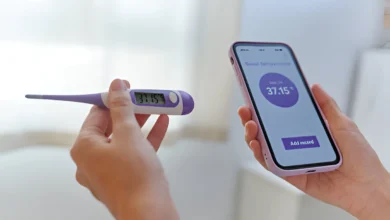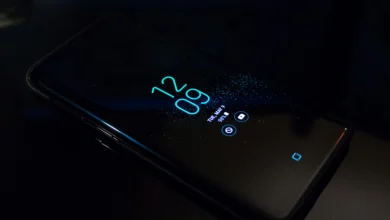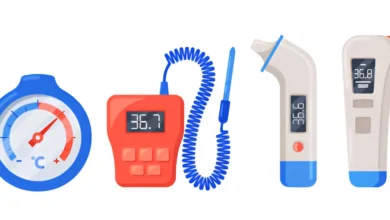Thermometer Calibration | Stay Compliant, DIY Fixes & Pro Hacks
Thermometer Calibration Basics – Why Accuracy Matters
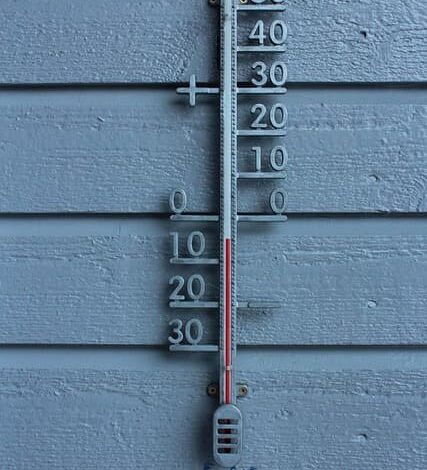
Is Your Thermometer Lying to You?
The perfect cooked meat or laboratory sample could be unsafe If your thermometer isn’t calibrated. One degree could be the difference between being safe and risky.
The High Cost of Inaccurate Readings
Food Safety Failures
The chicken cooked at 160 degrees Fahrenheit (instead that of 165degF) could lead to salmonella.
– FDA requires +-1degF accuracy in commercial kitchens. If the calibration fails, it is a failure inspection.
Scientific & Medical Consequences
Vaccines kept at 38degF instead 40degF? Potency lost.
HVAC mistakes cause 15% more energy to be wasted.
Calibrate Like a Pro in 3 Steps
Ice Bath Method (0degC/32degF)
1. Fill a glass up with crushed ice and distillation water (tap water can skew results).
2. Stir and wait for 30 seconds before you insert probe. It should read 32 degrees.
3. Adjust the calibration using the buttons (digital) or the hex wrench (dial).
Boiling Water Method (100degC/212degF)
Boil in distilled water only (minerals can distort temperatures).
Adjust for altitude: Subtract 1degF for every 500′ above sea level.
When to Calibrate
– Daily Daily: Restaurants (health code obligation).
– Monthly: Home kitchens, labs.
– Following dropping temperatures, extreme exposures, or battery replacement.
Red Flags Your Thermometer is Off
Consistent +-2degF errors after calibration.
Digital display flickering, or freezing.
Dial needles getting stuck or having a slow response.
Your Thermometer Failed Calibration? Here’s Why
This test in the ice bath exposed the truth: your readings aren’t right. Before you throw it away try to troubleshoot it like professionals do.
Beyond Basics: Precision Calibration Tools
Dry-Well Calibrators (Lab-Grade Accuracy)
Heating/Cooling to exact temperatures (-22degF or 662degF)
NIST-certified models are priced between $200 and $500 and are worth it for commercial kitchens
Infrared Thermometer Calibration
Requires blackbody calibrator (not water or ice)
The distance-to-spot ratio is important in 1:1 for the majority of handheld models
Fixing Stubborn C
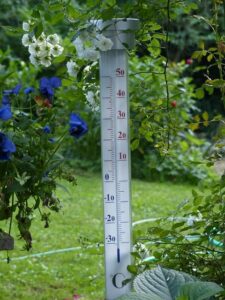
alibration Failures
Digital Thermometer Issues
– Can’t get it to reset? Try factory reboot (hold the power and buttons for mode)
– Readings that are irregular? Replace probe or battery first.
Dial Thermometer Problems
– Needle stuck? Tap gently on the face. If it bounces, replace it.
– Rust under glass? It’s time to upgrade your glass – corrosion isn’t fixable
When DIY Isn’t Enough
– Send it to NIST labs If +-0.5degF accuracy is required (costs $50-$150)
– Replace the item immediately in the event of:
– Digital display dead zones
Probe casing cracked
Exposure to >400degF without protection
Pro Maintenance Schedule
– commercial kitchens Check weekly using dry-well
– Scientific use: Calibrate per experiment
– House users Check annually for cross-checks with a the latest thermometer

Calibration Compliance – What the Law Requires
Health inspectors won’t inquire whether you calibrate, they require evidence. Here’s how to remain legal.
Food Service (FDA/HACCP)
Daily logs show:
Test results for ice baths (+-1degF tolerance)
Staff initials to show accountability
Digital records are accepted if they are timestamped
Medical/Lab Use (CLIA/ISO)
– NIST-traceable certificates required
– Thermometers made of glass Recertification at the end of each year.
HVAC & Industrial
– EPA requires calibration documentation for refrigerant handlers
– OSHA standards for the monitoring of workplace safety
Free Tools for Perfect Calibration
– Printing Calibration Logs Track test results for inspectors
– Boiling Point Calculator that is Altitude-Adjusted Point Calculator This means no more guesswork
– FDA Tempo Poster Zones that are safe for dairy products, meats and more
FAQs
Q: How often should cooks at home calibrate their equipment?
A: Monthly when used for a week. Prior to canning/preserving.
Q: Can I calibrate my device using the use of distilled water?
A: No – tap water minerals cause +-2degF errors.
Q: My thermometer digital will not adjust, should I dispose of it?
A: Try to reset the computer first (see Part 2). If it is still not working after 3 tests, try replacing.
Q: Are thermometers that cost $10 worth having calibrated?
A: Only temporarily. Budget models tend to drift more quickly and require an upgrade when used professionally.
Q: Do thermometers infrared require calibration?
A: Yes, annually with calibrators for blackbody (ice baths aren’t effective).
When to Stop Calibrating & Replace
– Digital Models: after 3 failed calibrations or display problems
– Dial thermometers In case glass fogs or sticks to needles, dial thermometers:
– Infrared when laser-targeting is inconsistency
Final Tips Make sure you have two thermometers calibrated and cross-check whenever readings appear to be odd.

